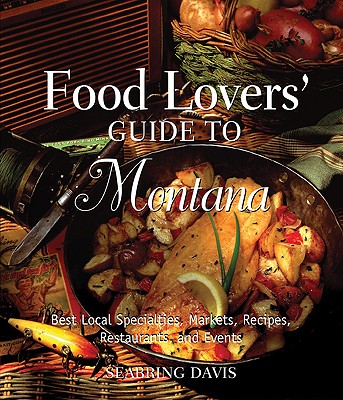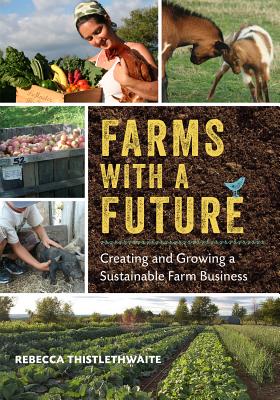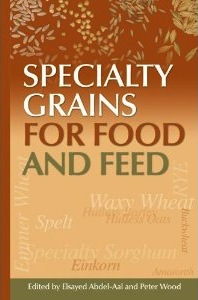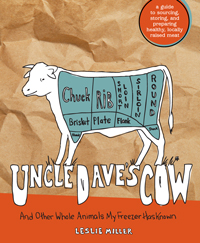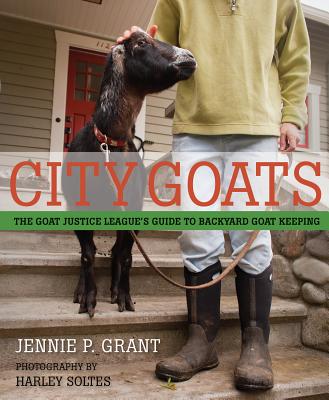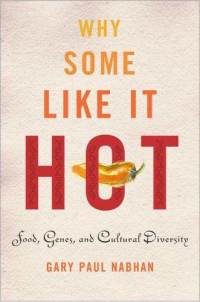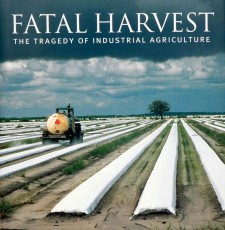Food Lovers’ Guide to Montana, by Seabring Davis
Let’s be honest. No one has ever called Montana a gourmet food destination. It’s far from the trendy world of haute cuisine, black-tie affairs, and fancy culinary techniques. Part of that is because Montana is not easy to get to: it’s far north – up near Canada. And there aren’t a lot of people here – less than a million. And this is a very big state for so few people – which makes it hard to keep a restaurant open.

